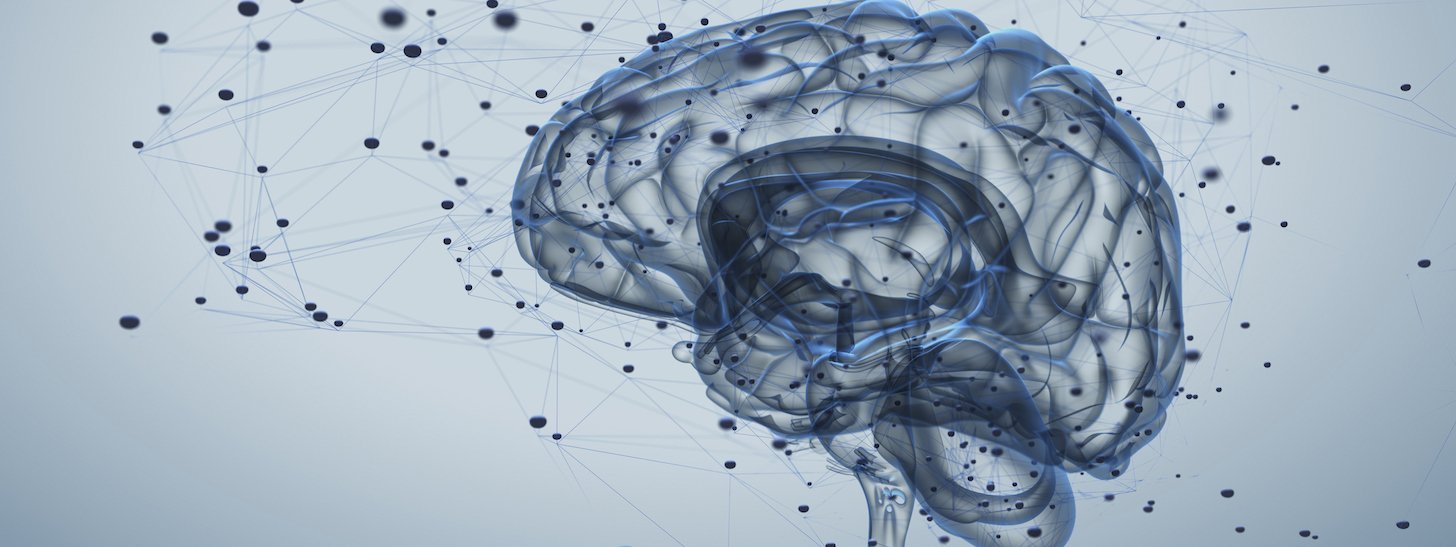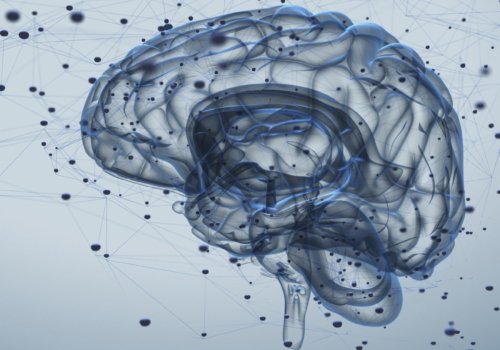Opioid treatments and headache – Like oil and water?
by Deena Kuruvilla, MD
With the opioid crisis now on an all time rise within the United States, raising awareness about the appropriate use of these drugs is vital. This class of medication can cause dangerous outcomes such as addiction, overdose or death. Some physicians are combating this issue by limiting the number of pills prescribed or by not prescribing opioid medications (OM) at all. For the treatment of headache there are various non opioid medications which have been researched and found to be effective for prevention and immediate treatment. On the contrary, there are few studies researching opioids for the treatment of headache and therefore are not recommended by headache specialists. Despite a lack in evidence for the use of OM in headache treatment, a recent article from the journal Headache by Dr. Woolley and colleagues note that 58% of patients use OM for the acute treatment of migraine.
The emergency department (ED) is a place where opioids are commonly used to urgently treat headache. In fact, the American journal of emergency medicine published an article by Dr. Young and colleagues which found that OM were ordered in 35.8% of migraine visits. They also found that when OM were given, additional medications were required, they spent more time in the hospital and were more likely to return to the hospital.
Another recent article which made an argument against headache treatment with OM was published In the journal Neurology. Dr. Friedman and colleagues sought to compare an opioid medication, hydromorphone and a non opioid medication combination, diphenhydramine with prochlorperazine for headache patients, both of which are commonly used in the ED. The article states that intravenous hydromorphone is typically given to 25% of patients with migraine presenting to the ED. In their study, prochlorperazine with diphenhydramine was much more likely to give sustained headache relief when compared with hydromorphone. This article also confirmed that the use of OM was associated with more time in the hospital and an increased likelihood of needing additional medications for pain relief.
With the evidence mounting against OM, it is important to raise awareness among healthcare professionals and patients about its limited and possibly dangerous role in headache management.
Article: https://onlinelibrary.wiley.com/wol1/doi/10.1111/head.13157/full


